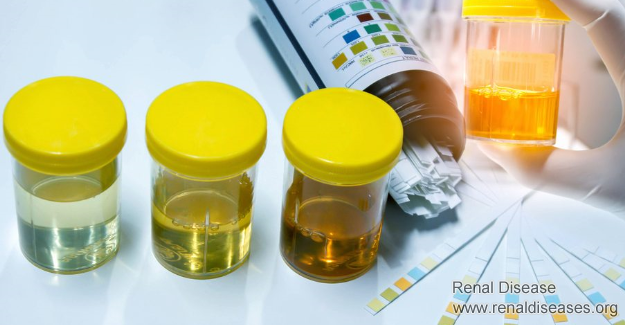Whatsapp: +8615512139310
- Email us:

In many cases, the presence of urinary protein means that our kidneys have been damaged to varying degrees, and accompanied by kidney disease all the way to uremia. Do you know what is urine protein? How much do you know about urinary protein? And what do we have to pay attention to?
When there is one plus (1+), there are bubbles in urine.
At this time, the patient's condition is not very serious, and we can treat and control it with oral Chinese medicine.
When urine protein is 2+, there is a large amount of foam and white sediments in urine.
At this time, patient’s condition gets worse, and kidney damage is also becoming more serious. Many people say that the use of traditional Chinese medicine treatment has been unable to timely control the disease, so western medicine is used, such as ACEI, ARB and other antihypertensive drugs. They have the function of reducing proteinuria. But western medicine can only treat symptoms rather than restore the kidney health.
When proteinuria is 3+, there will be floccules in urine.
It means the patient’s kidneys have been severely damaged, and renal function has declined. At this time, hormones will be used to control urinary protein. However, we know that hormones are very harmful to human body, which can not completely cure the disease, but also lead to some side effects and even aggravate the disease. Here is a special reminder: be careful with your medication.
Diet for patients with proteinuria
It is determined by the types of kidney disease and illness condition.
In addition to the loss of a large number of proteins, urine also loses minerals such as calcium, magnesium and zinc bound to proteins. It is better to eat fresh vegetables and fruits, and supplement foods high in calcium, such as milk and its products, dried small shrimps, sesame paste, kelp and green leafy vegetables. Foods rich in magnesium, such as millet, wheat, barley and so on. Foods rich in zinc, such as millet, wheat, corn flour, Chinese cabbage, radish, carrot, eggplant, pumpkin, etc.
Soy beans and their products are high in protein. This protein belongs to plant protein and contains the protein of large molecule. Besides, they contain a lot of purine alkali, which can aggravate the metabolic burden of kidneys. For patients with high uric acid level, they should use less or avoid them.
2. Chronic kidney insufficiency
You should have a reasonable protein intake. Metabolites in human body mainly come from protein components in diet. Therefore, in order to reduce the residual renal workload, protein intake must be adapted to the excretory capacity of the kidney.
For example, when serum creatinine is 170 -- 440 umol/l, protein intake should be 0.6 g/kg per day. For patients with massive proteinuria, for every 1 gram of urine protein loss,an additional 1.5 g of protein can be added. When creatinine exceeds 440 umol/l, protein intake should be further reduced to a total of no more than 30 grams per day. However, it must be emphasized that over restricting protein intake will lead to malnutrition and physical decline, so the effect is not good.
Now you know what it means with proteinuria 1+, 2+ and 3+. For more information on kidney disease, please leave a message below or contact online doctor.